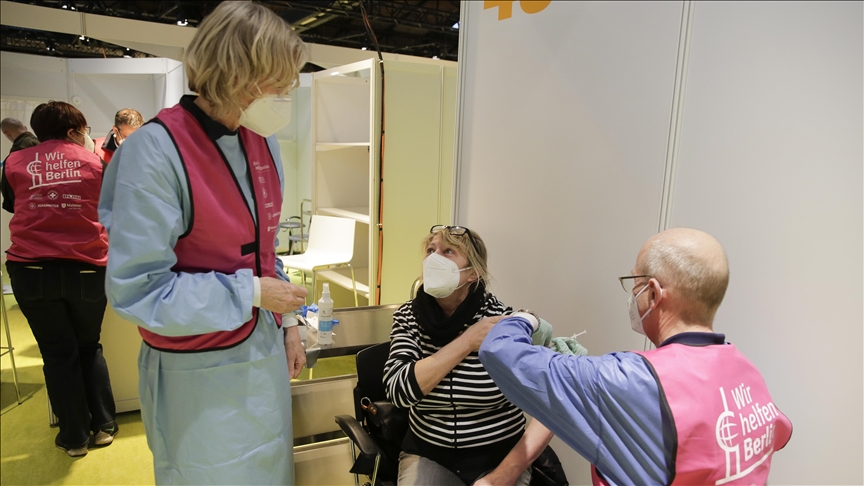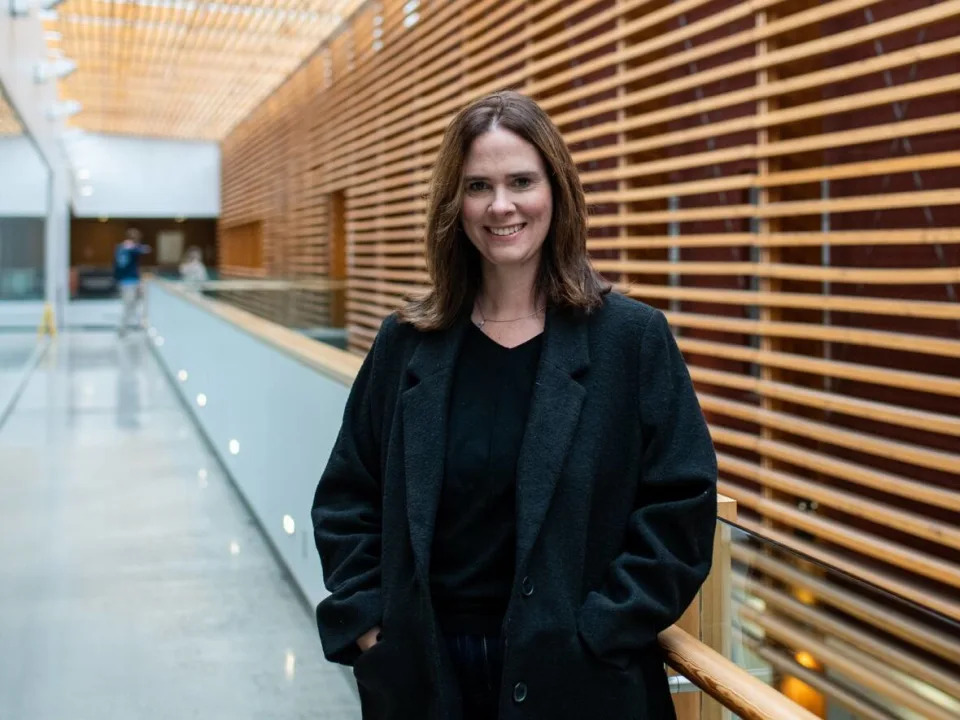In response to drug shortages, German doctors' union calls for expansion of production in Europe
26.12.2022

BERLIN
Faced with shortages of medicines, a German doctors' union is calling on the government to change course away from Chinese and Indian imports.
"For supply security, there needs to be significantly more transparency and completely new supply chains for medicines and their basic materials: Away from dependence on Chinese and Indian producers, and towards the expansion of medicine production in the EU," Susanne Johna, chair of the Marburger Bund union, told newsmagazine Der Spiegel.
"This isn’t just a matter for the health minister, this is also a matter for the economics minister," Johna added.
She said the measures recently presented by German Health Minister Karl Lauterbach to combat the medicine shortage were "important first steps," but did not solve the basic problem.
"Higher prices for generics can be an incentive to increase production. But the fundamental reason for the drug shortage is not rebate contracts for individual drugs, but insecure supply chains," Johna added.
In light of the worsening COVID-19 situation in China, she said she expects supplies in this country to worsen.
"The high numbers of coronavirus infections in China has resulted in temporary local production stoppages, which is likely to further exacerbate our supply of basic medical ingredients and finished products."
Johna called for strengthening the EU as a pharmaceutical location.
"Relocating pharmaceutical production to Europe would not only result in supply security, but also in higher labor and environmental standards."
Shortly before Christmas, Federal Health Minister Lauterbach presented proposals for a better supply of, for example, antibiotics.
In a press release last week, the German Federal Institute for Drugs and Medical Devices complained of a drug shortage, blaming hoarding by some pharmacies and wholesalers.
Another cause is that there are currently a lot of respiratory infections in children, which increases demand.
According to the institute, there are currently 330 reports of supply shortages of preparations.












